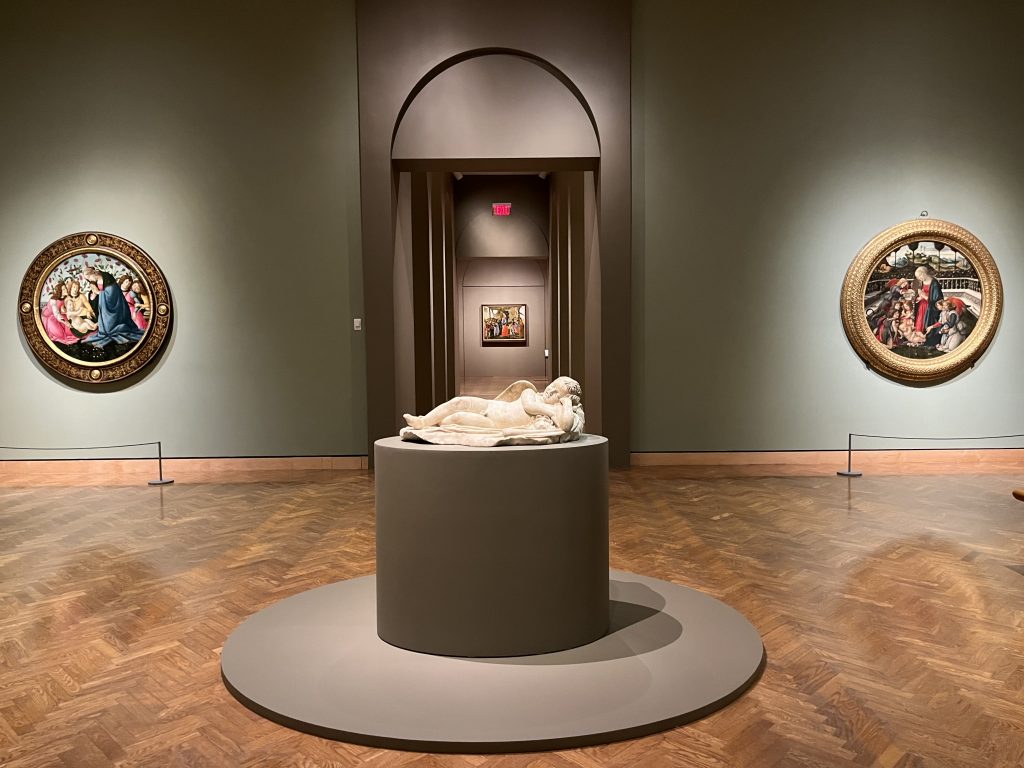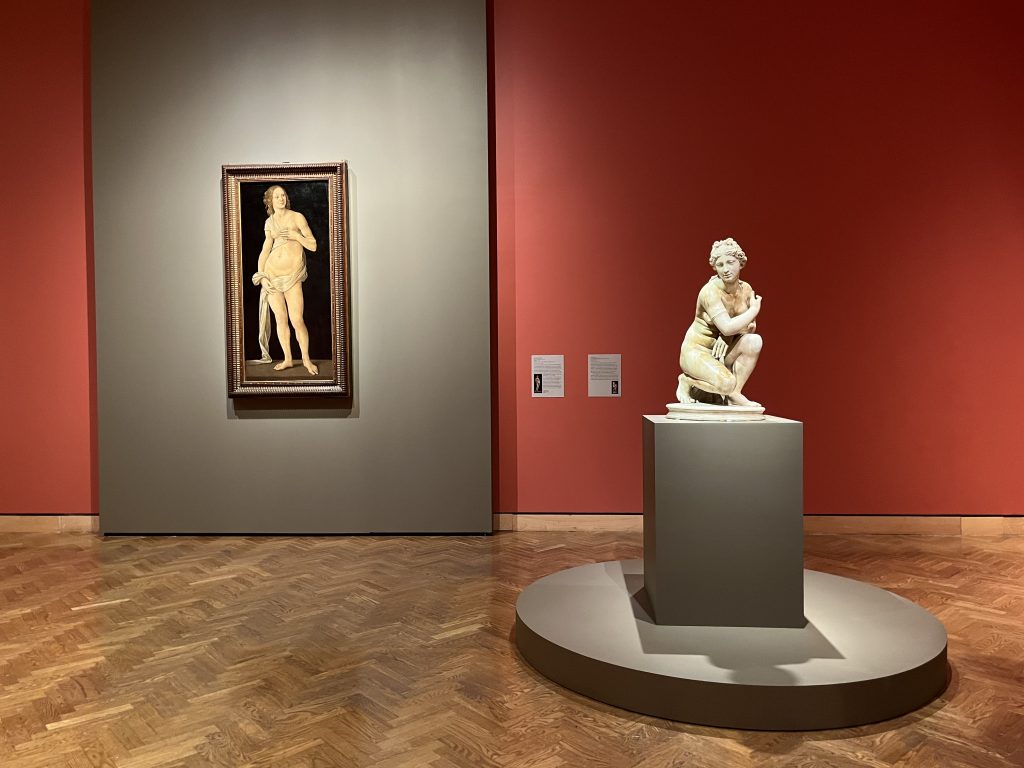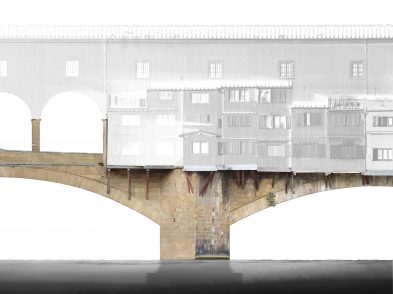A new exhibition about Sandro Botticelli and his relationship to the Renaissance era in Florence will be open at the Minneapolis Institute of Art from October 16, 2022 to January 8, 2023.

Many works will be visible at the Minneapolis exhibition, titled Botticelli and Renaissance Florence, including a drawing by Filippino Lippi inspired by ancient motifs and Luca Signorelli’s Allegory of Fertility. The exhibition is the result of a collaboration between the Uffizi Galleries and the Minneapolis Institute of Art, and it has been curated by Cecilia Frosinini and Rachel McGarry.
Many of the artists whose works are exhibited were active at the time of Botticelli and they demonstrate the operational methods and rich figurative fabric of those decades. The initiative is unique in that it explores a topic that has been discussed for at least a century in literature, but has so far never been implemented in an exhibition: the relationship between Botticelli and the art of the Florentine Renaissance and classical antiquity.
“After the long period in which the pandemic has limited the nature of international curatorial collaboration, the opportunity to bring wonderful works of art from the Uffizi to Minneapolis is nothing short of amazing,” stated the president of the Minneapolis Institute of Art, Katie Luber. “What better time than this fall to examine Botticelli and the Florentine Renaissance, as we seek the rebirth of culture, art and connection.”

The Italian Ambassador to the United States, Mariangela Zappia, said, “This exhibition is an important new page in the history of the exceptional cultural collaboration between Italy and the United States. It is one of the most complete exhibitions on Botticelli ever set up in this country; a unique opportunity for the American public to appreciate the masterpieces of the Italian genius and Florentine Renaissance.”
“The exhibition is not just a revelation for the American public, it is also characterized by a very high level of science. Thanks to the contributions of archaeologists and art historians, as well as the Opificio delle Pietre Dure, each work could be reconsidered, and new identifications and attributions could be made to even the most famous paintings and sculptures,” added Eike Schmidt, the director of the Uffizi Galleries.








